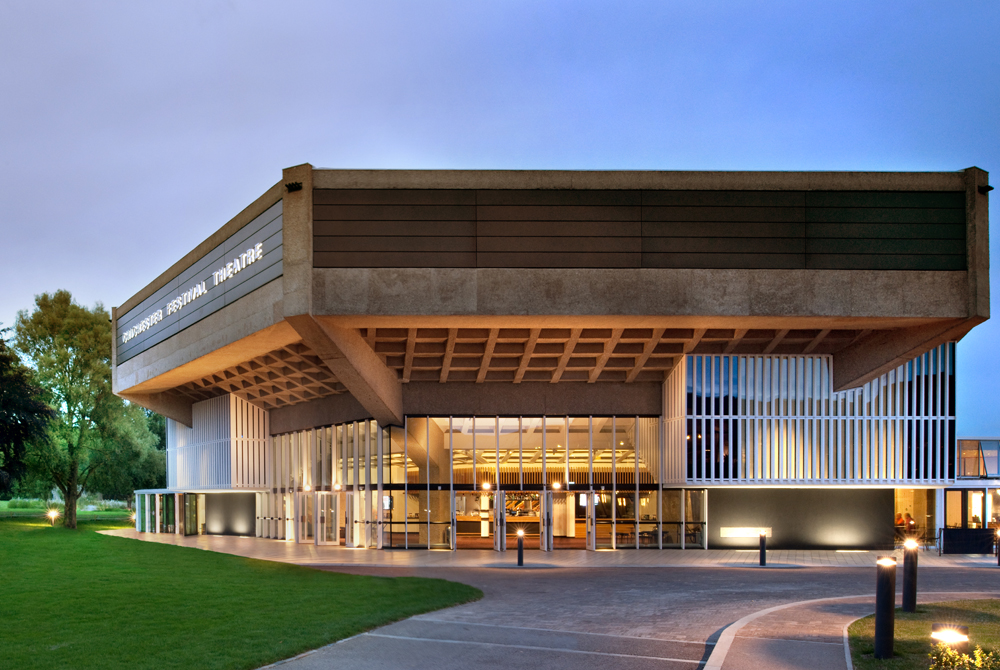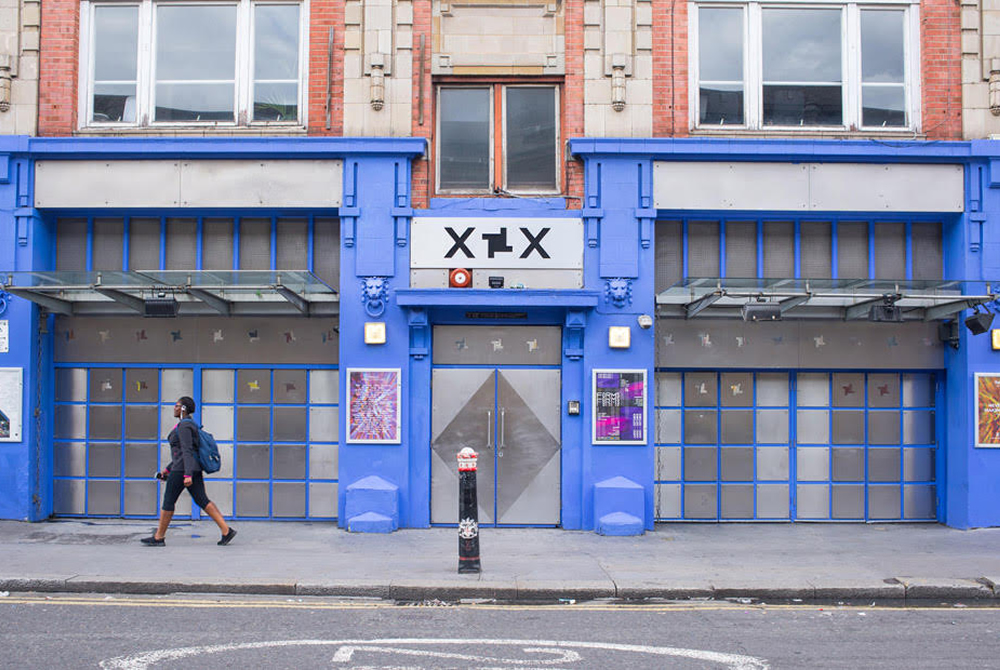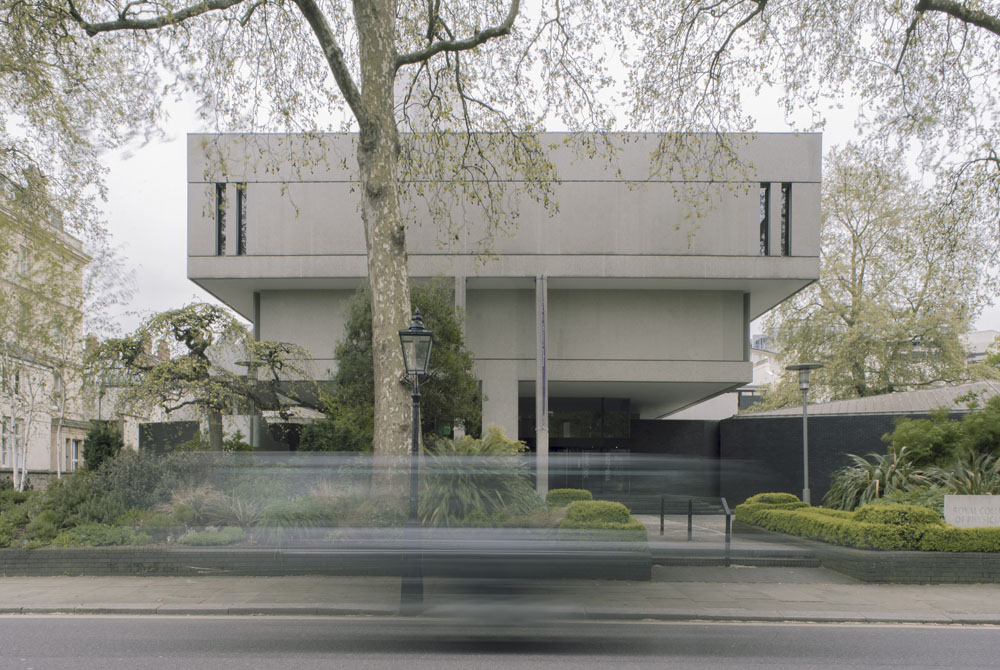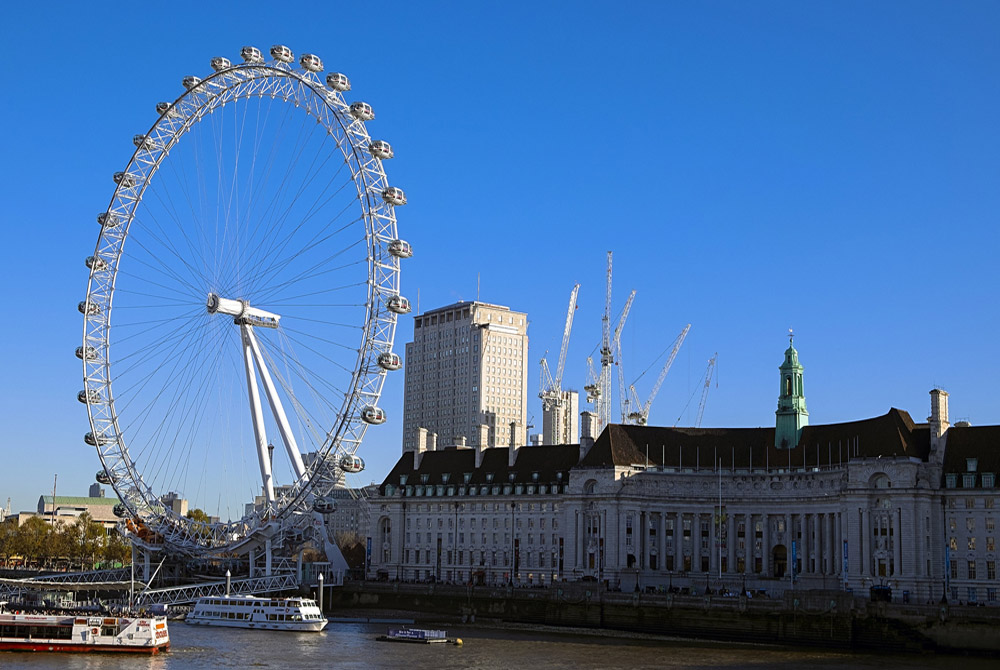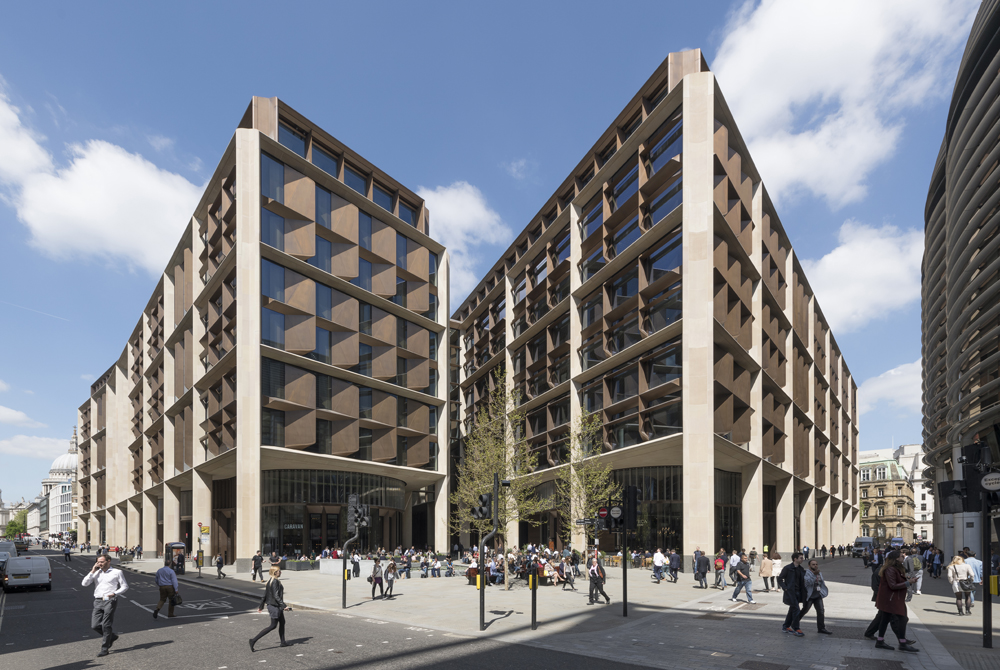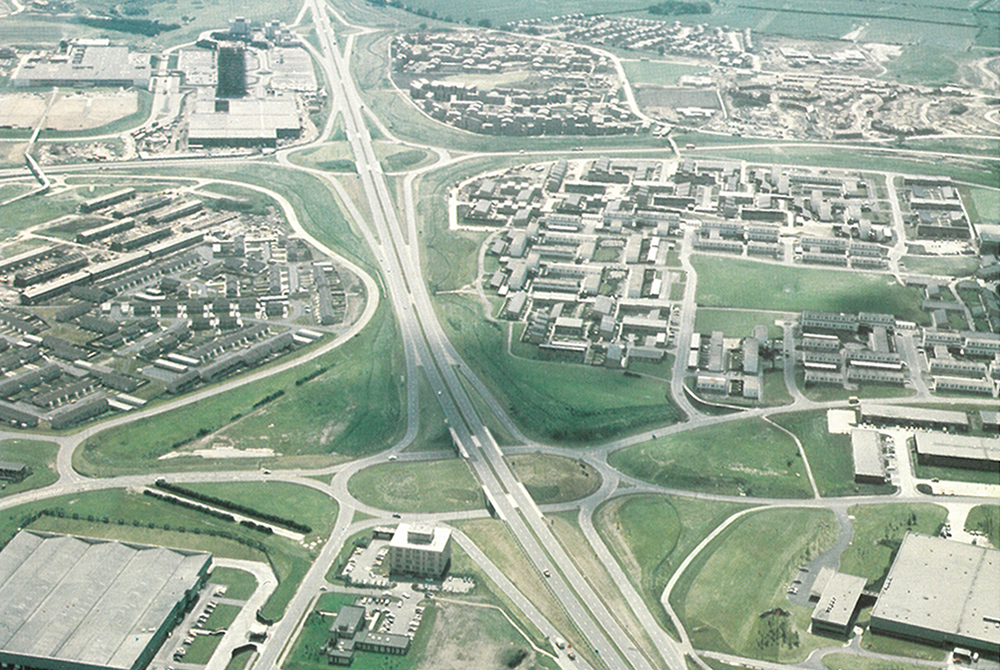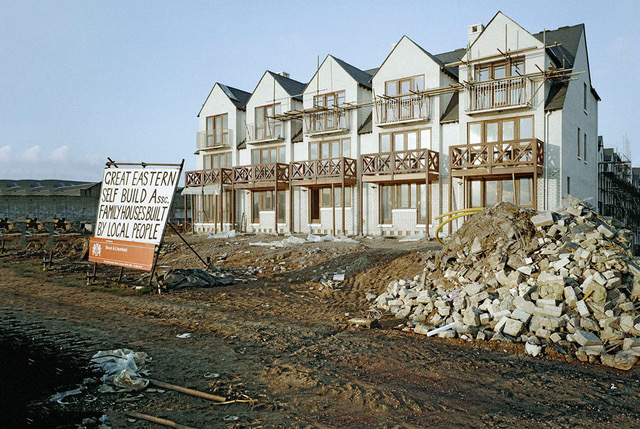The Law Courts in Winchester were opened on 22 February 1974 by Lord Hailsham of St. Marylebone and represent an historical legal continuity in Winchester stretching back for many centuries.
The building is my choice of one completed in the last 90 years because it is elegant, practical, well sited and carefully symbolises the importance of the law and its seamless underpinning of society for so long.
The Law Courts are attached to the east end of Great Hall of Winchester Castle, built by Henry III between 1222 and 1235, where the King’s Justices heard criminal and civil cases for hundreds of years. Sir Walter Raleigh was tried for treason in 1603 and Lord Chief Justice Jeffries held the bloody assizes there after the Monmouth rebellion in 1685. In 1973 six members of the IRA were tried there for the bombing of the Old Bailey.
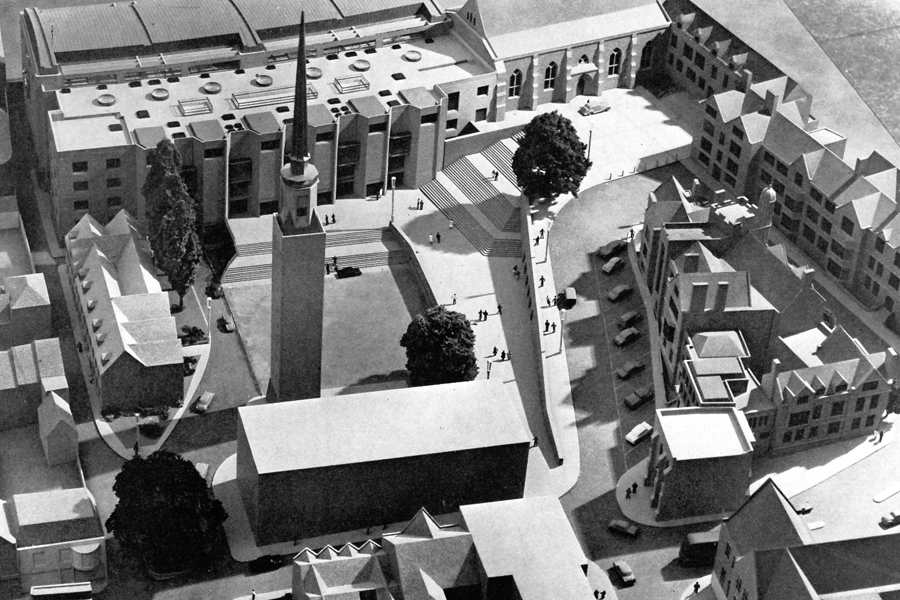 A model of the Law Courts ©Louis de Soissons
A model of the Law Courts ©Louis de Soissons
A court was built on the site of the 1970’s Law Courts by Thomas Wyatt in the 1870s but it rested on insecure foundations. By 1938 it was dangerous, was vacated and demolished. The judges returned to the Great Hall after a gap of only 50 years.
Plans for a replacement developed in the years after the second world war. In 1961 Louis de Soisson was appointed to design the new Law Courts and the project was carried on by his partner, Richard Fraser, after Mr de Soisson’s death a year later. The design was approved in 1963, preliminary work started in 1964 with completion a few months before its opening a decade later.
The brief required the new building to be no higher than the parapet of the Great Hall and its construction included knapped flint and limestone to blend with surrounding buildings. To the north is a courtyard laid with old setts from London with a central medallion in black and white flints and pink stone, laid in the pattern of the 13th century round table hanging in the Great Hall.
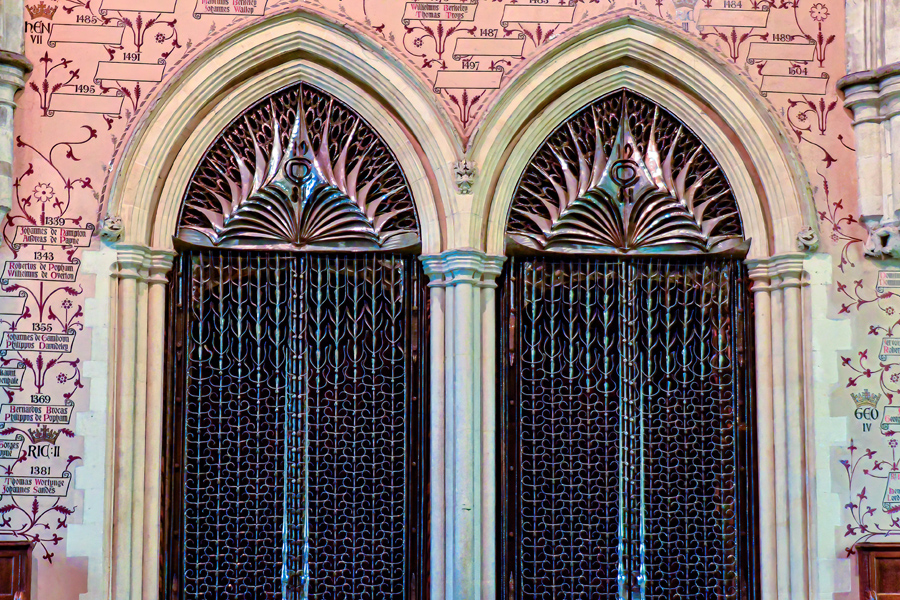 The Royal wedding gates designed by Sir Antony Robinson© Kim Haslam
The Royal wedding gates designed by Sir Antony Robinson© Kim Haslam
The windows and main doors are of bronze. The entrance hall has a mosaic floor designed by George Dereford with depictions of significant historical events in Winchester from the time of King Cnut to the 20th Century. He also designed the coats of arms in the original Crown Courts – one each in stainless steel, hardwood, beaten copper and wrought iron with gilt mosaic. Those original courts are large, light and airy and continue to work well in the digital age. More have been squeezed into the building since.
The glory of the building, to my mind, is the gallery which runs internally from one end to the other. Wyatt joined his building to the Great Hall through gothic arches, which survive. From those arches, through Steel gates designed by Anthony Robinson in 1983, the wide gallery curves to face the west end of the Cathedral through a large window giving a magnificent view of Winchester and the countryside beyond.
The Winchester Law Courts were well conceived, well-funded and achieve the purpose of providing an appropriate setting for justice to be dispensed whilst representing legal continuity. Messrs de Soisson and Fraser did us proud.


